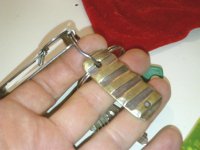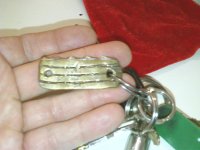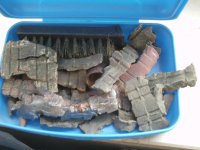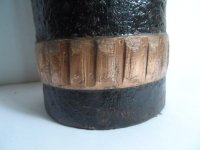JNimons
Forum Supporter
Went to one of my farm permissions yesterday and hunted some thawed southern exposed hillsides. Dug this piece of metal. I have dug 2 similar pieces in the past month. Have to dig through my junk bucket and see if I saved them. This is after 24 hours in the tumbler. It looks like shrapnel of some sort. Any Ideas?



















